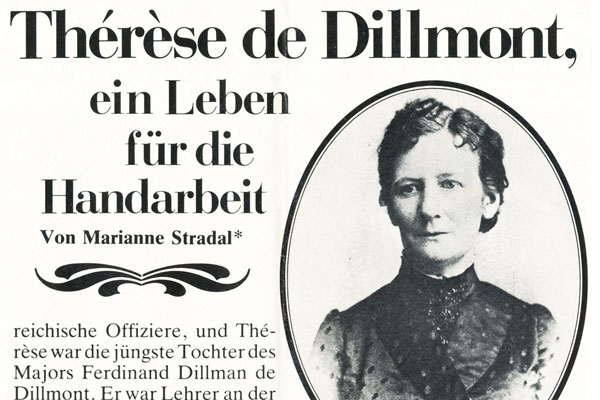She also talks about Motive power. She means by hand, treadle, or the most convenient, an electric motor, which can be used wherever electric lighting is available. "Machine sewing has become an absolute necessity of everyday life."
Well, um. Motive power = motivation. I've been thinking about this chapter a lot, and while it is only a few pages, I've been avoiding it. I don't really like machine sewing. I don't like getting the machine out, and every time I do it seems I have to re-learn it. Perhaps if I left it out and ready to go, I might use it more, but having to wrestle it out of the cupboard and set it up on the dining room table is not fun.
Thérèse says that "uses for this kind of work are manifold, for besides being a pleasant pastime it enables those whose means are slender to gain a livelihood." Among the manifold uses are the trimming of the inevitable underwear, table and bed linen, curtains, blinds, and for large articles requiring imposing ornamentation.
My machine is a pretty good one, bought in a fit of enthusiasm. It has embroidery stitches, none of which I have used. None.
My mum is a very good seamstress and has made many beautiful garments. She had some black stretchy fabric, so I have claimed that for my next assignment.
Assignment Chapter 2: Machine sewing and embroidery.
My assignment is to make a black top and embellish it with some machine embroidery. Not only that, I am going to bind the neck and maybe the sleeves with the berry galoon. The embroidery will make use of one or more of the embroidery stitches on the machine.
But wait! There's more! While I have been avoiding thinking about the machine project, I have been looking ahead to Projects of the Future. (This is the MOST fun.) Freecycle is a great gift to us all, and I scored bigtime. Mostly I use it to get rid of stuff, but this time I saw an offer of fabric bits. I emailed. Did she have any nice linen pieces? Yes indeed she did. I went out to see Jacky at Croydon Park, and she had some wonderful linens. There were some pieces, both fine and coarser, ready to do all sorts of things with. Forthcoming chapters deal with Embroidery on White Materials, Linen Embroidery, and Openwork on Linen. Oooh, I can hardly wait!

Not only that, but she gave me a beautiful embroidered linen sheet which had belonged to her aunt's third husband's mother. Linen sheets are one of life's great blessing.

And a beautifully embroidered linen pillowslip.

My mother has claimed both of these items and will put them to good use. I didn't want to cut them up, and it is great to see them being used. Thanks Jacky, and thanks Freecycle.









